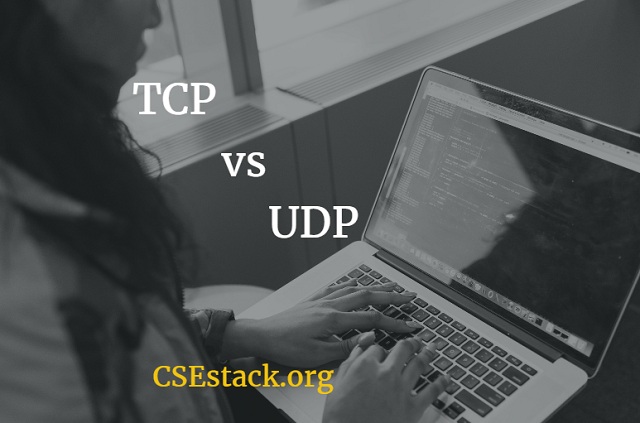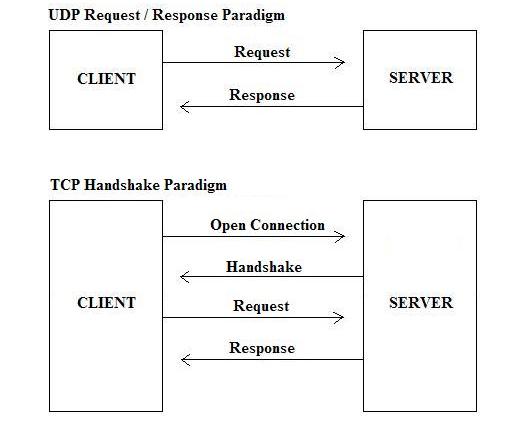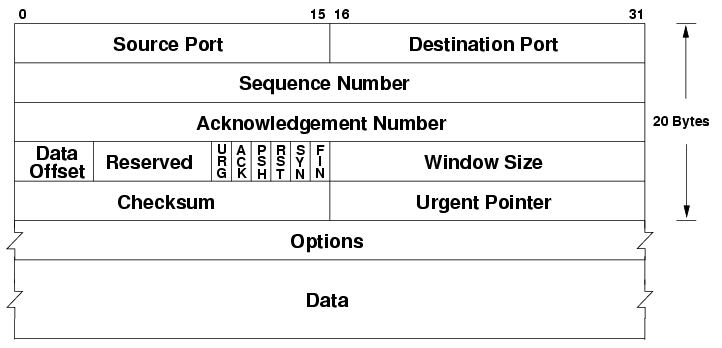
Do you know the main difference between TCP and UDP protocols?
Table of Contents

TCP and UDP both are the transport layer protocol from 7 Layers of the OSI Model Architecture in Networking. And both of these protocols have some similarities as well as differences. They have their pros and cons as well.
I have classified those difference in 14 categories so that it will be easy for you to understand.
Let’s begin with the comparison one-by-one in detail.
TCP acronym for Transmission Control Protocol. UDP is an acronym for User Datagram Protocol, some either call it as Universal Datagram Protocol.
TCP is connection oriented protocol. The connection is established by sending handshaking messages before sending actual data.
In the case of UDP, no connection is established. Rather it sends data with no more hustle.

TCP is considered to be the most reliable connection. Both the sender and client check the connection and trust before making data transmission. UDP is not reliable. It does not authorize and check the connection.
UDP provides an unreliable connection. It does not authorize peer and not even check the connection before sending the data.
As there are initial handshaking and authorization before sending data, TCP is slower than UDP. One of the reasons for faster UDP is, it does not attempt any recovery on failure.
UDP carries less payload with messages. It’s obvious as it does not require any authentication and handshaking data. TCP need to send more data to assist reliable communication.
TCP need to send more data to assist reliable communication.
Where the client sends data to the server, UDP server does not save any client data to identify client for next transmission. It treats every request as new even though getting the same request from the same client. There will be no more relationship between user and server once data transmission is over.
TCP saves client data on the server to identify the customer in case if the client sends data again. It maintains the session for each client request.
Before sending data over the network, packets can be fragmented. In TCP every data packet has a sequence number, which identifies the order of each fragmented packet.
In UDP, there is no provision to determine the order of the UDP message packet. So after receiving all disordered packets, it is not possible to order them. In any case, if there is need ordering of packets, the only way is to handle by the application layer.
TCP header size is 28 bytes. So the total size of the packet will be 28 Bytes plus the size of the payload.

TCP header includes the following fields.
UDP has a header of size 8 bytes only.

UDP header includes only four fields which are as follows.
TCP is heavyweight protocol. It needs three packets for handshaking or to connect before sending data packets.
UDP is lightweight, and it does not require any packet to create a connection as its connectionless protocol.
To understand this point, read the difference between connection-oriented and connectionless protocols.
TCP sends an acknowledgment for every request from the receiver (vice-versa).
UDP does not send any acknowledges for any success or failure data transmission.
TCP support data flow mechanism. It ensures data reliability and takes action if any glitches occur during congestion.
UDP does not have any data flow control mechanism associated with it.
TCP and UDP both have their advantages depending on the circumstances it is going to use.
What are the Top layer protocols that use TCP?
What are the Top layer protocols that use UDP?
Where is TCP useful?
TCP is useful where you need reliability and authorization. It is useful where security is a primary concern. It is useful when reliability is more important than transmission time.
Where to use the UDP protocol?
UDP is useful when the network needs fast data transmission over reliability.
These are all 14 points to put the Difference Between TCP and UDP Protocol. All these points revolve around connection-oriented and reliable TCP, and connectionless and unreliable UDP protocol.
Other differences you would like to read from Computer Network:
I tried to explain every aspect to find the Difference Between TCP and UDP Protocol. If you have any doubt, write below in the comment section.
Well written.
Glad you like it and find it useful. Hope you enjoy reading other tutorials as well.